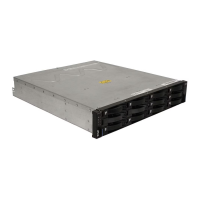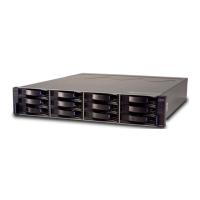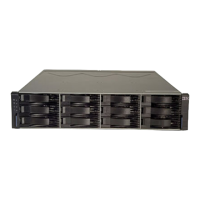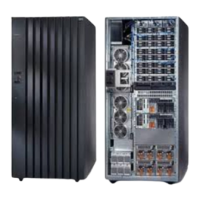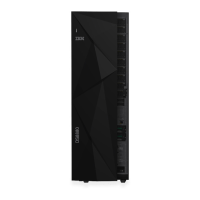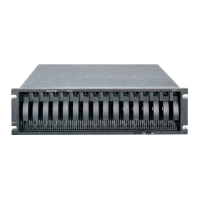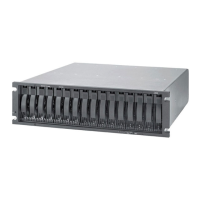7914Admin_Summary.fm Draft Document for Review March 28, 2011 12:24 pm
190 IBM System Storage DS3500: Introduction and Implementation Guide
7.4.2 Host-to-Logical Drive Mappings
Host-to-Logical Drive Mappings is the second link in this box. Next to the link you see the
number of logical drives that are already mapped. This means the number of logical drives
that are allowed to see by some host. Opening the link displays a more detailed view
(Figure 7-12).
In this window, the Logical Drive Name is displayed next to the mapped host (Accessible By
column), so it is easy to discover which host is allowed to access which logical drive. The
window also includes the LUN Number, the Logical Drive Capacity, and the Type. More
information about drive mappings is provided in Chapter 11, “Administration - Mappings Tab”
on page 281.
Figure 7-12 Hosts & Mappings - Host-to-Logical Drive Mappings
7.4.3 Storage partitions
The lower part of the box in Figure 7-10 on page 189 displays information about the number
of storage partitions that are used and available on this storage subsystem. Storage partitions
are enabled by a Premium Feature License, so you can either order enough storage partitions
for your planned configuration at the initial setup, or you can also get them later as an
upgrade when the number of your servers will increase.
All DS3500 storage subsystems have 4 storage partitions as standard. It can be optionally
upgraded to 8, 16, 32 or 64 storage partitions. More information about storage partitions is
provided in 3.3.7, “Storage partitioning” on page 63.
The Storage Partition part of the box shows, how many storage partitions are already used
on your subsystem and how many partitions is available to use. Sum of these two numbers
shows how many storage partitions is the DS3500 subsystem licensed for.

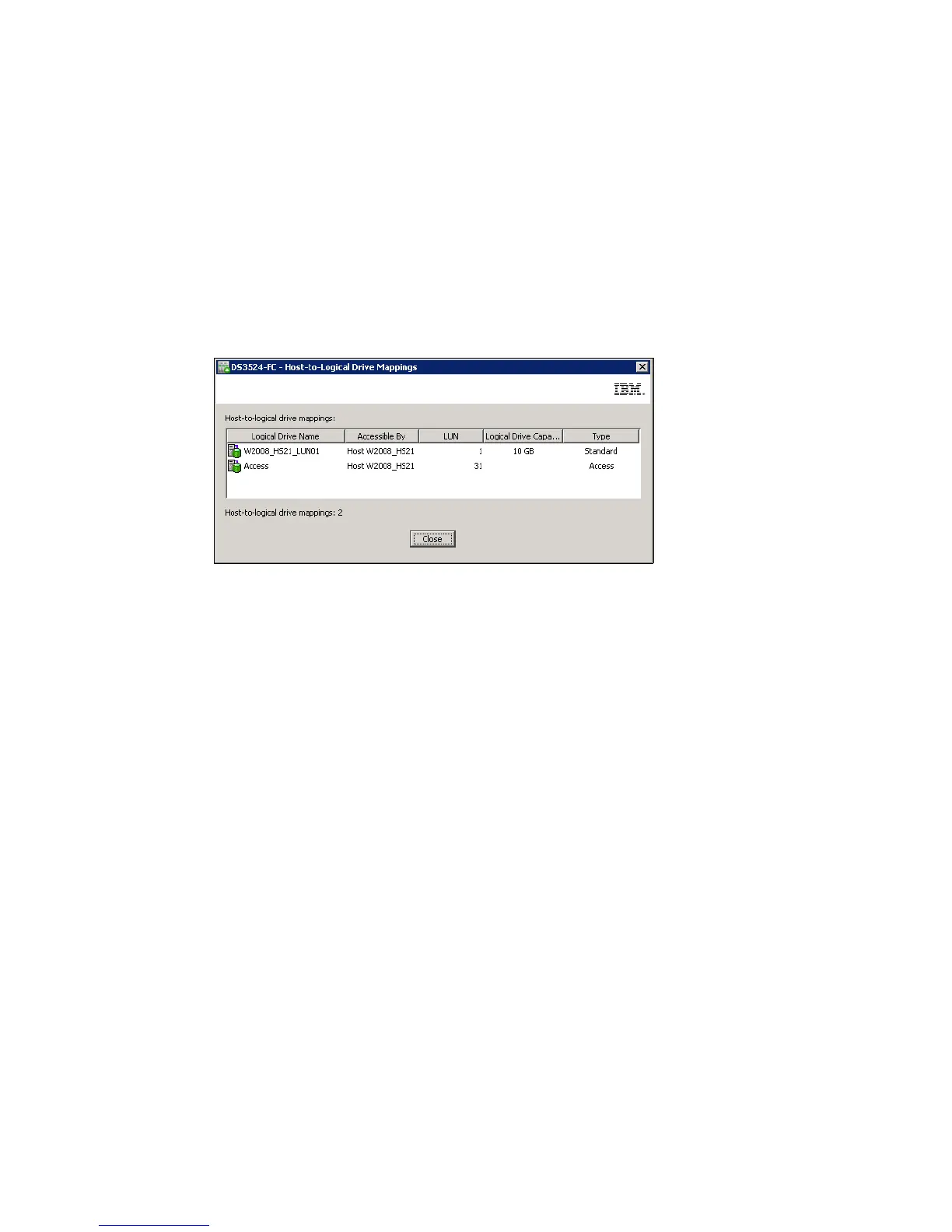